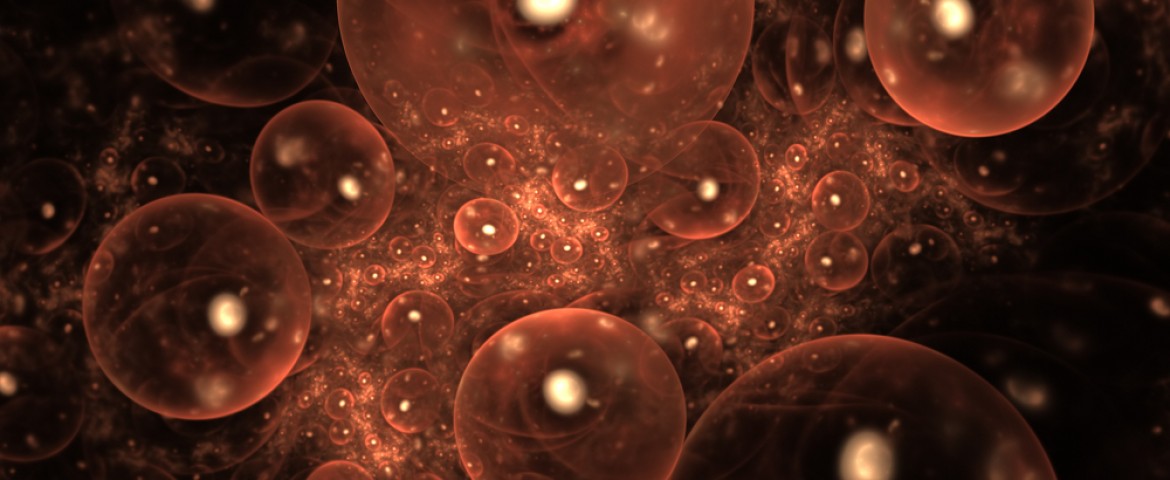MS Patient-derived Stem Cells May Be Viable Source for Myelin Repair, Mouse Study Shows
Written by |

Scientists have demonstrated that stem cells derived from the skin cells of people with multiple sclerosis (MS) can grow into normal myelin-producing nerve cells, called oligodendrocytes, in a mouse model of MS.
These patient-derived cells migrated throughout the brain of myelin-deficient mice, producing myelin — the fatty substance that protects nerve endings and is progressively lost over the course of MS — where needed, and forming functional connections with the host cells.
Findings from this study, partly funded by the Progressive MS Alliance and National MS Society, may open new avenues for research into MS cell therapies.
The study, “Multiple sclerosis iPS-derived oligodendroglia conserve their properties to functionally interact with axons and glia in vivo,” was published in the journal Science Advances.
The immune system of people with MS mistakenly attacks myelin, leading to inflammation that eventually kills nerve cells. The brain maintains a store of stem cells, called oligodendrocyte precursor cells (OPCs), which can travel to damaged areas, mature into oligodendrocytes, and produce new myelin.
However, in people with MS, this repair process fails for reasons that are still unclear. Scientists have debated whether the fault lies in the OPCs themselves, in the MS lesion environment (e.g., through inhibitory molecules that prevent myelin growth), or in a combination of both.
An international team of scientists addressed this question by creating induced pluripotent stem cells (iPSCs) from the skin cells of three MS patients and three healthy individuals (controls). These stem cells represent an earlier state of cellular development, from which many other cell types can be obtained.
The researchers coaxed the iPSCs to become OPCs, which can then mature into oligodendrocytes, and grafted them into the forebrain of newborn mice that lacked myelin, as well as a functional immune system. If MS patients’ inability to regrow myelin occurred because of the cells themselves, such as by being unable to mature or produce myelin, then the implanted cells should have had no effect on the brain structure of the animals.
Instead, the engrafted cells survived, spread throughout the animals’ brain, and eventually matured into fully functional oligodendrocytes.
The investigators found no difference in behavior between cells derived from MS patients and those obtained from healthy individuals. Both were able to produce myelin along the lengths of nerve fibers, or axons, at comparable lengths, including those found in the spinal cord and brain. Additionally, patient and control cells were able to establish functional connections with the host mouse cells and with other types of nerve cells, such as astrocytes, implying a successful integration into the overall neural cellular network.
Furthermore, the brain of mice containing the human-derived cells grew more dense with myelinated axons, which enabled electrical nerve impulses to travel at faster speeds than in their unaltered littermates.
This, the investigators wrote, implies that cells introduced and integrated in this way can produce new myelin and remain functional and stable over time. To the scientists, these results support the idea that environmental factors, and not OPCs themselves, are to blame for the lack of myelin regrowth in MS.
“Taken together, these studies add important evidence about the potential for myelin repair in MS, and also suggest that iPSCs derived from skin or other cells of people with MS may be a viable source of cells for myelin repair therapy in the future,” according to a press release from the National MS Society. “Research using iPSCs is still in its infancy as studies proceed to determine whether any types of stem cells can reverse MS damage and restore function.”





